Drought has always been a reality for Kenyans, and all those in East Africa. But the current East African drought—resulting from four consecutive failed rainy seasons—is the worst in recent memory. In this post, we’re going to explore how we got here, what the situation on the ground is like, and what we’re doing to help.
The East African Drought
The primary reason “climate change” has replaced the term “global warming” in recent years is relatively simple: increased global temperatures are the beginning of the problem.
As the planet warms, one major series of events that transpires globally is water displacement. In essence, water displacement describes the phenomena we are seeing today: some areas, like Pakistan, receive so much rain that they suffer catastrophic floods, while other areas, like East Africa (Kenya, Somalia, and Ethiopia), don’t receive rain for two years. The natural cycle of water moving through the planet has clearly been disrupted.
We say “Water is Life” because without water, nothing survives. With very little water, life gets a lot harder. WILK has brought clean water to 25 different communities throughout our 15 years of operating in Southern Kenya. We’ve experienced the droughts of 2010-2011, 2017-2018, and now 2020-2022. This drought is the worst by far. In fact, the United Nations says it’s the worst drought Kenya has seen in 40 years.
Across the region, the past 4 rainy seasons have produced almost no rain (October-December 2020, March-May 2021, October-December 2021, and March-May 2022). For most Kenyans inhabiting Arid & Semi-Arid Land (ASAL), no rain means no grass, and no grass means livestock cannot eat. The indigenous people who call this region home are mostly semi-nomadic pastoralists whose income comes almost entirely from livestock herding. Thousands of livestock and wild animals, like zebra and elephants, have died already. The effect on communities is just as bad.
The Effect on Families
Some herders—mostly men—take the risk and migrate hundreds of miles to find green pastures, like their ancestors who thrived on this land for thousands of years. But the lands these herders use for grazing has shrunk immensely. Often, they reach pastures that have been grazed over. The search for food continues, drawing them hundreds of miles from home.
Back at home, women are left to tend their family herds of cattle and goats. These livestock also require grass, but the dry pastures have meant they have to rely on eating animal feed purchased with scarce at the local market. In spite of their efforts, livestock are dying rapidly. The ones that are still alive are too skinny to be sold.
In a recent article from MSN, Edwin Waita details how Maasai herders have been forced to bring emaciated cows to local Kajiado markets. Quality cattle used to sell for $500 a head; now, if they are lucky enough to be sold, they are selling for $12. This has decimated family incomes. Families don’t have enough money to buy food for themselves, let alone the few cows which remain. Click here to watch a video of this playing out at a market in Kajiado.
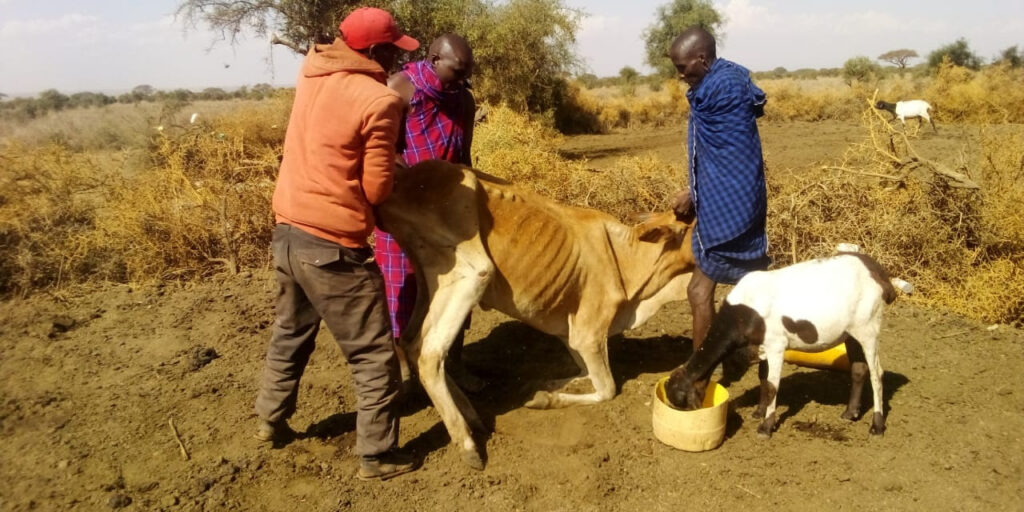
Inflation and School Fees
The Central Bank of Kenya reports that in September 2022, the 12-month inflation rate was 9.18%. Global inflation has made the price of all goods higher, especially food. Influenced by the war in Ukraine as well as hoarding by local cartels, gas prices have also soared, making it more expensive to fuel our boreholes, many of which run on diesel fuel.
To further complicate the unstable economy in Kenya, the Kenyan government has required an additional 4th school term this year. There are typically only 3. This additional term was an effort to make up for the lost school year that happened during COVID; however, families don’t have enough money to pay for school fees. This is why, across the Horn of Africa, more than 3.5 million students aren’t currently able to attend school.
A few weeks ago was opening week for the third school term. In our work region, we heard reports from the principals of two schools regarding the school fee crisis.
At Namelok High School, a mixed secondary boarding school in Kajiado County, all enrolled students returned, but only 25% had money for school fees. The remaining 75% don’t have enough to pay fees. Without money, headmasters have no choice but to send students home for the term since there are room and board expenses that must be paid.
Likewise, at Ilkisonko Boys Secondary School in Loitokitok, 900 students returned while 100 didn’t. Of those 900, 450 had no money to pay school fees. Again, there isn’t much choice but to send these children home.
Without rain, the entire economy of Kenya, both now and in the future, is threatened.
The costs of the Kenyan General Election of 2022 consumed available resources, leaving little left over for relief to the drought-stricken regions.
The Effect on Wildlife
Humans and their livestock aren’t the only living things threatened by a lack of rain, pasture, and food. Kenya is home to 90% of the world’s rarest zebra, the Grevy. Over the past two months, at least 2% of the global population has died.
Likewise, 109 elephants have died across Tsavo National Park, not far from our work region in Kajiado. Elephants are getting so desperate for food that they are encroaching on communities. In one recent instance, an elephant destroyed a shop where food was stored. Giraffes have also been hit hard, dying in large numbers.
Current conservation efforts are attempting to move these elephants to areas with more resources. This will prove complicated logistically, economically, and physically, as elephants have regional “neighborhoods” just as we do.
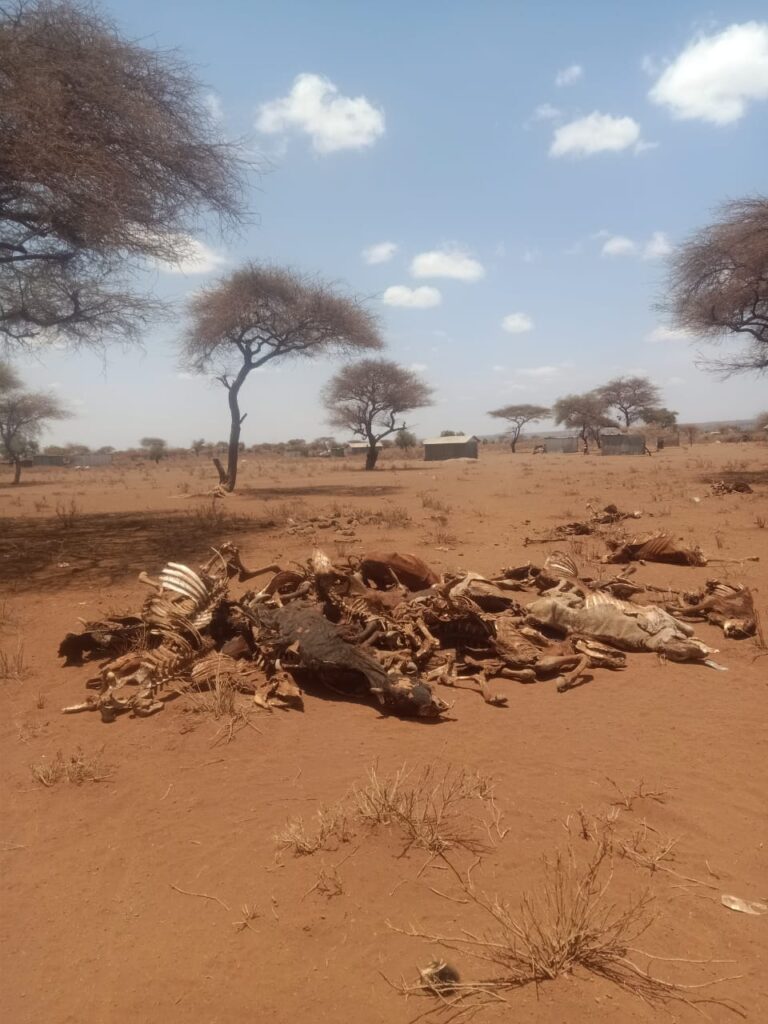
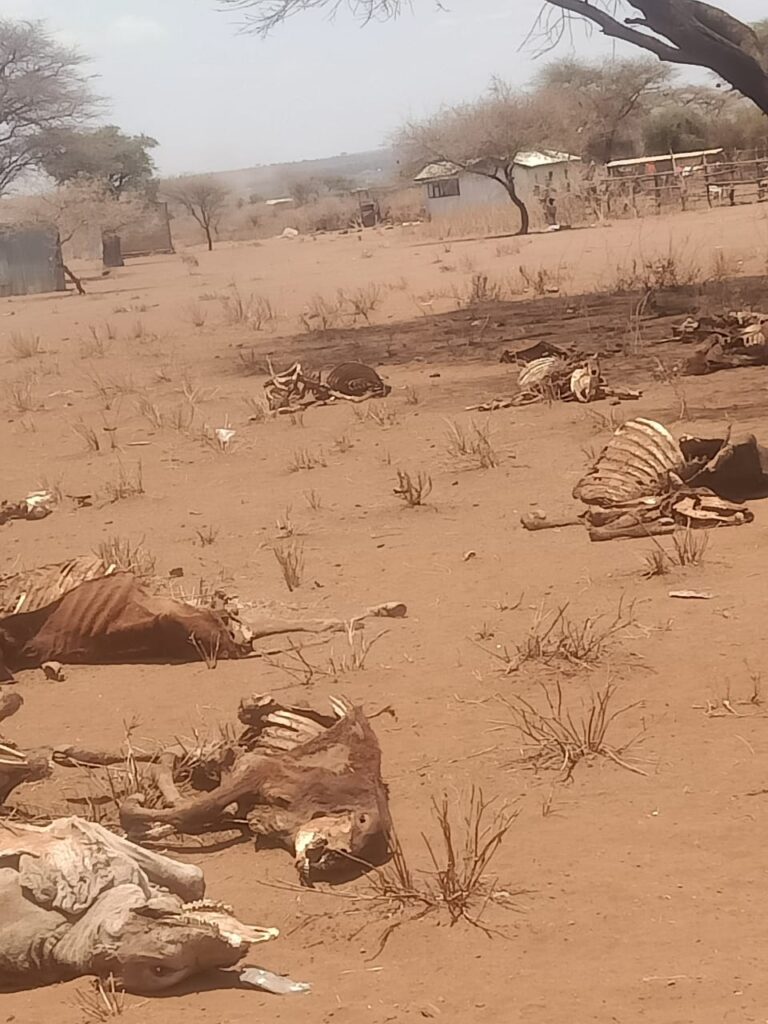
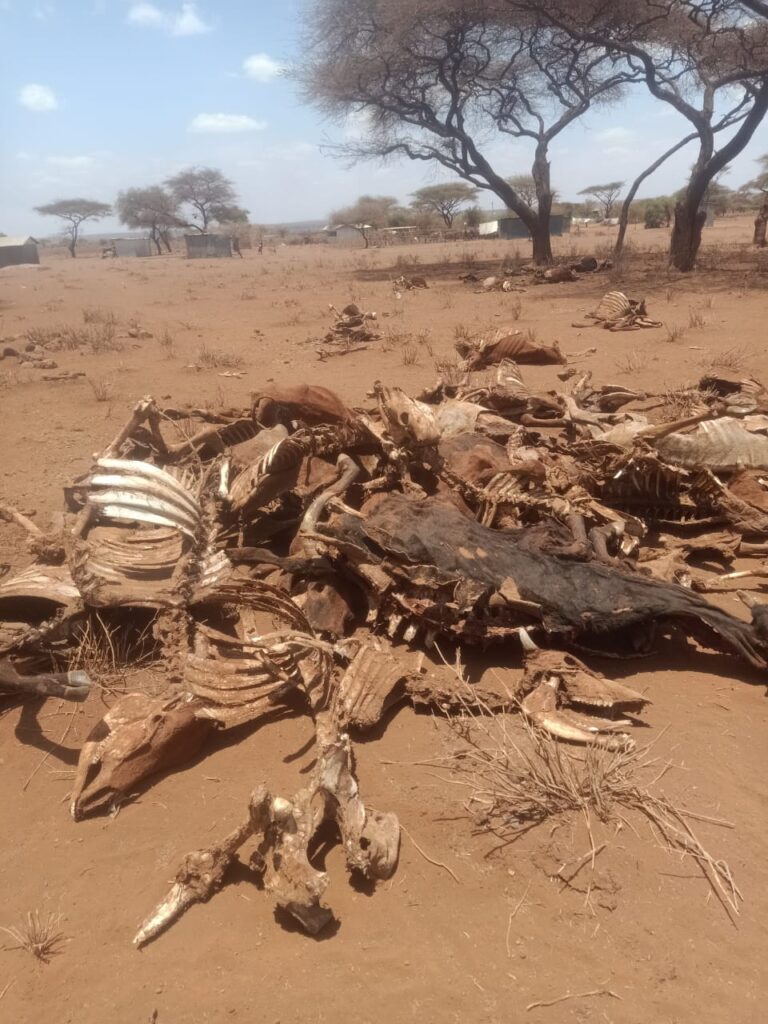
What We’re Doing
In August and September, we ran our Food & School campaign to do our part to help feed students who couldn’t eat. Through our generous donors, we were able to raise $7,500. These funds went towards: (1) providing children at two schools with lunch for a month, and (2) supplying 150 families food for two weeks.
Since then, the growing need led us to continue raising funds for drought relief. Through our 2022 Drought Relief campaign, we aim to raise $15,000 to distribute food to 1,000 of the neediest families (approximately 8,000 individuals) in our work region. With our extensive network and close relationships on the ground, we will be able to distribute food in real time, as donations come in.
Though Water is Life Kenya doesn’t typically deal with matters of disaster relief, the current need is great, and our resources are a valuable asset. We cannot continue to invest in the future without ensuring that our people are taken care of in the present.
With hopes for a successful rainy season, we are planning on how to respond after the drought so as to further boost resilience in our communities as they recover from this current drought.
Click here to donate to support our drought relief efforts.
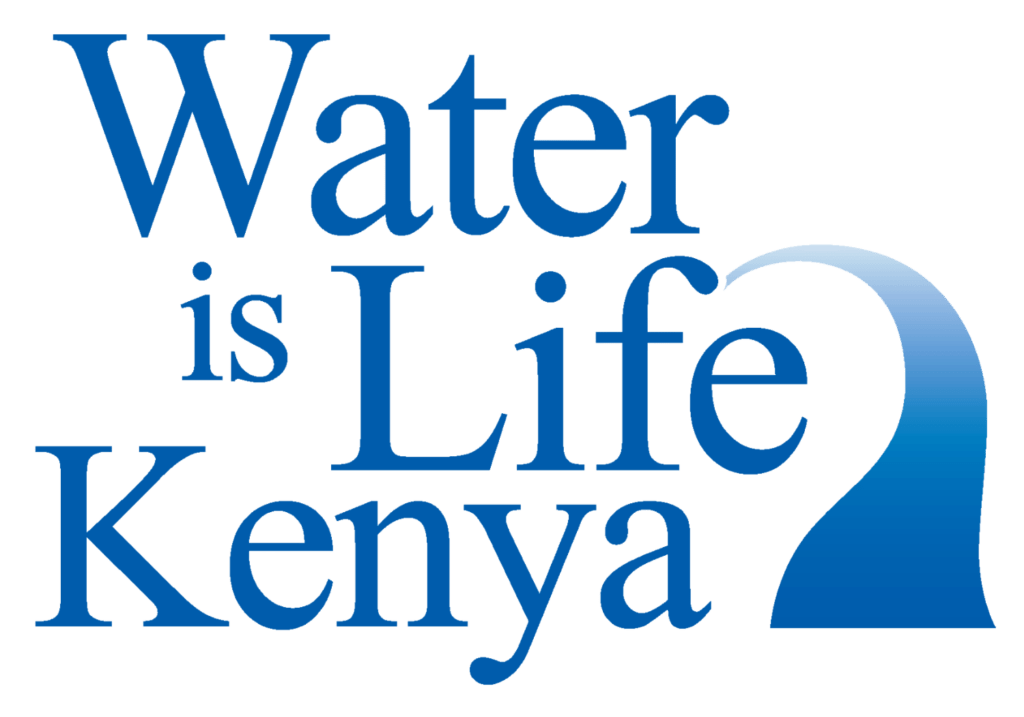
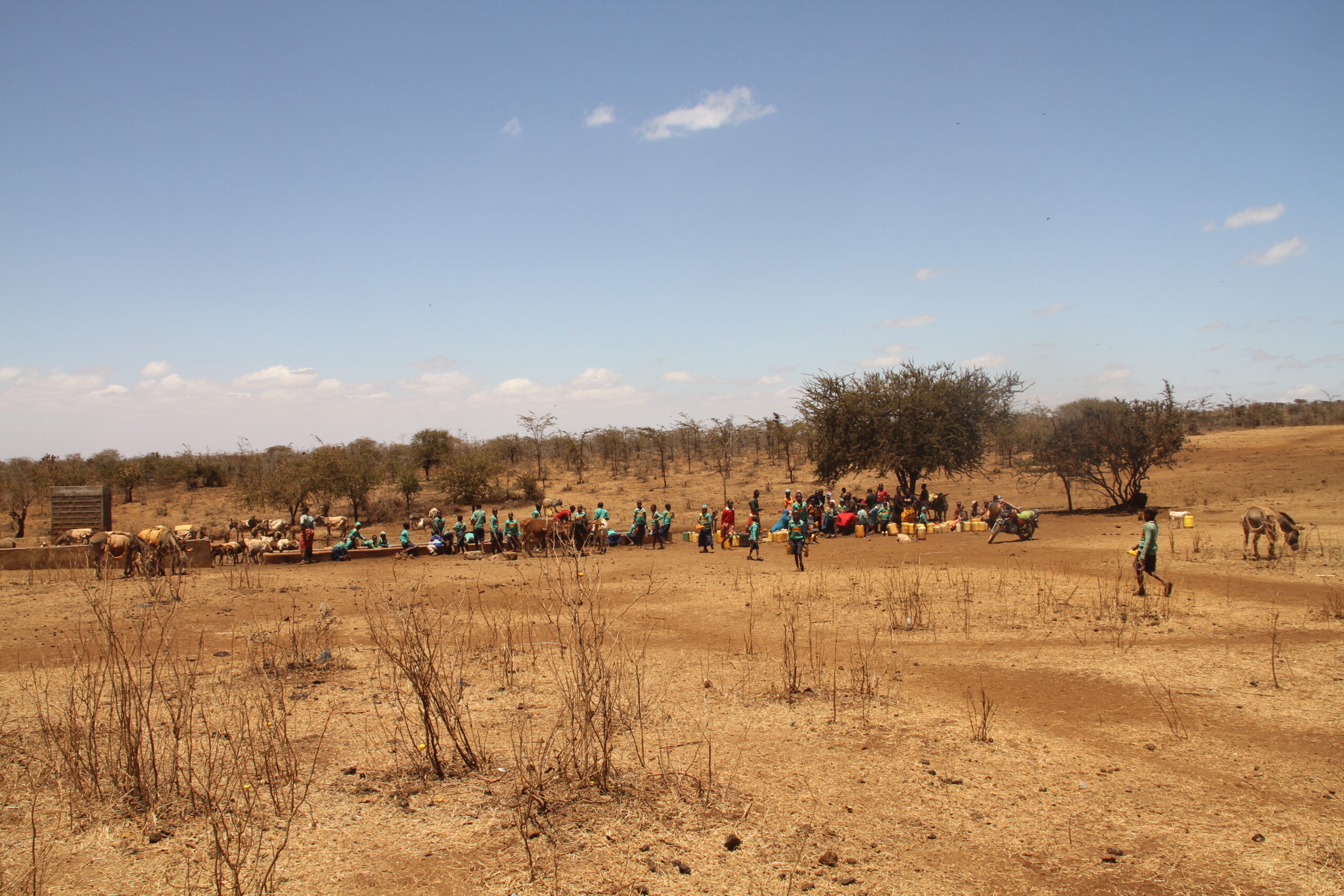
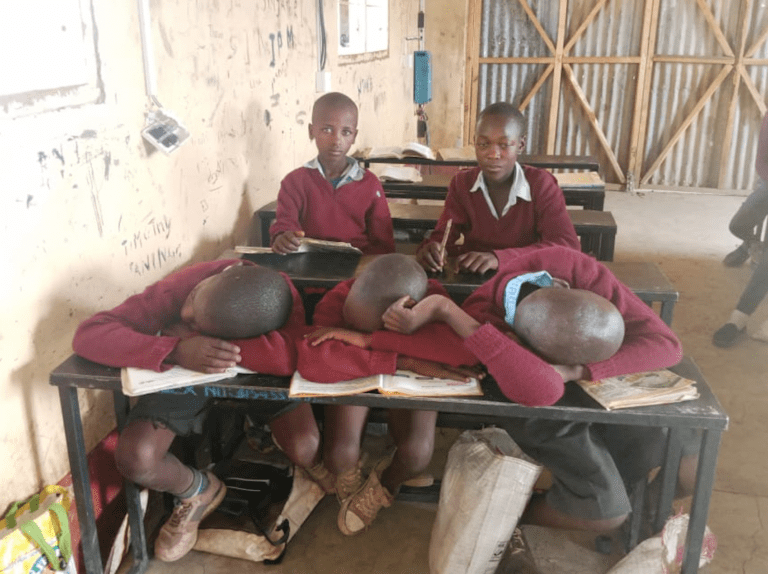
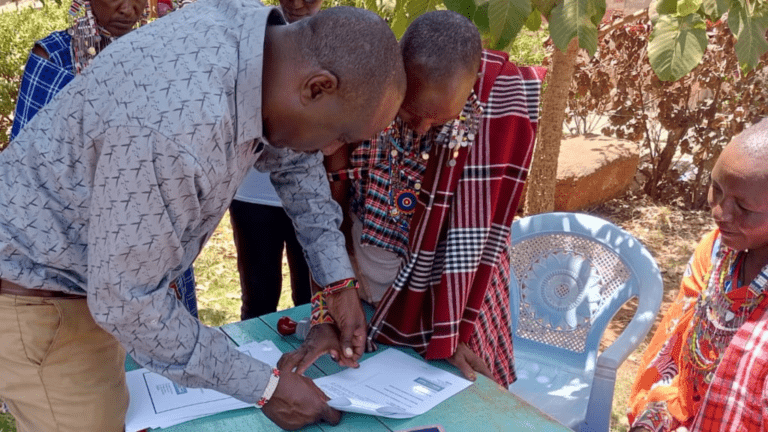
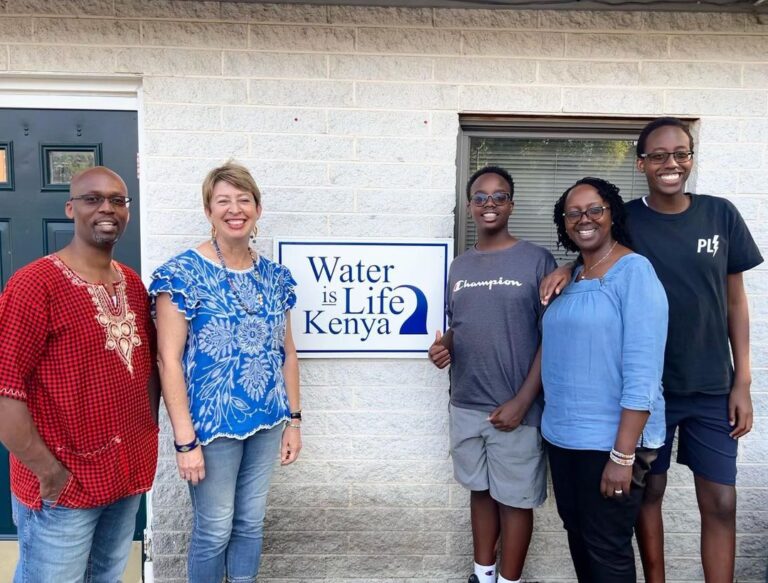

Pingback: The Nooriro Borehole: A Gush of Hope | Water is Life Kenya
Pingback: How Kenyans Are Affected by Six Seasons Without Rain | Water is Life Kenya
Pingback: Rain is Falling, But the Drought isn't Over (Yet) | Water is Life Kenya
Pingback: Thirsty Earth: How We Can Help on Earth Day 2023 | Water is Life Kenya
Pingback: Animals, LAB, and Maasai Traditions
Pingback: Goats and Grants, Round 2 | Water is Life Kenya
Pingback: Planning for Pasture: Helping Maasai Avoid Livestock Loss During Drought | Water is Life Kenya